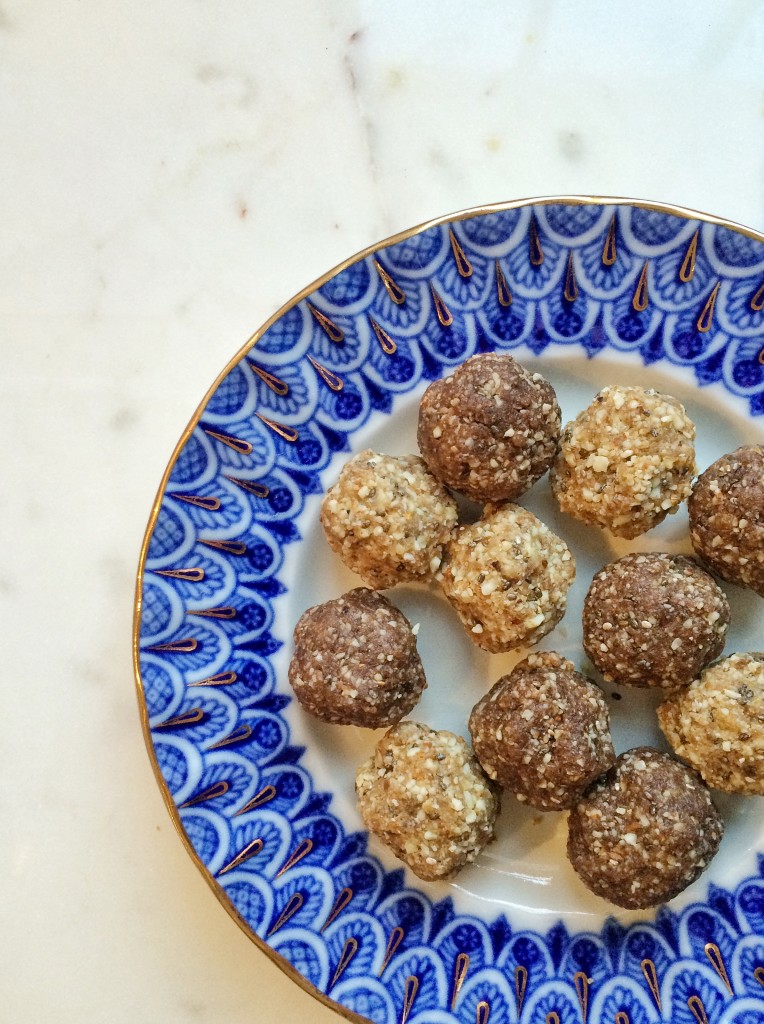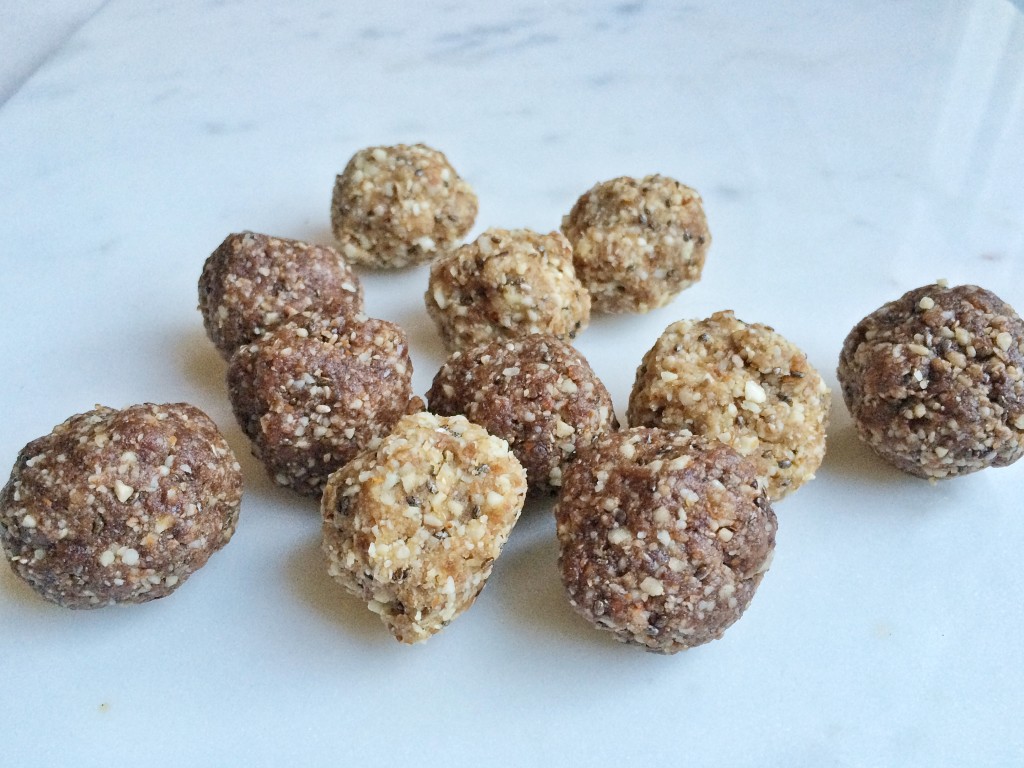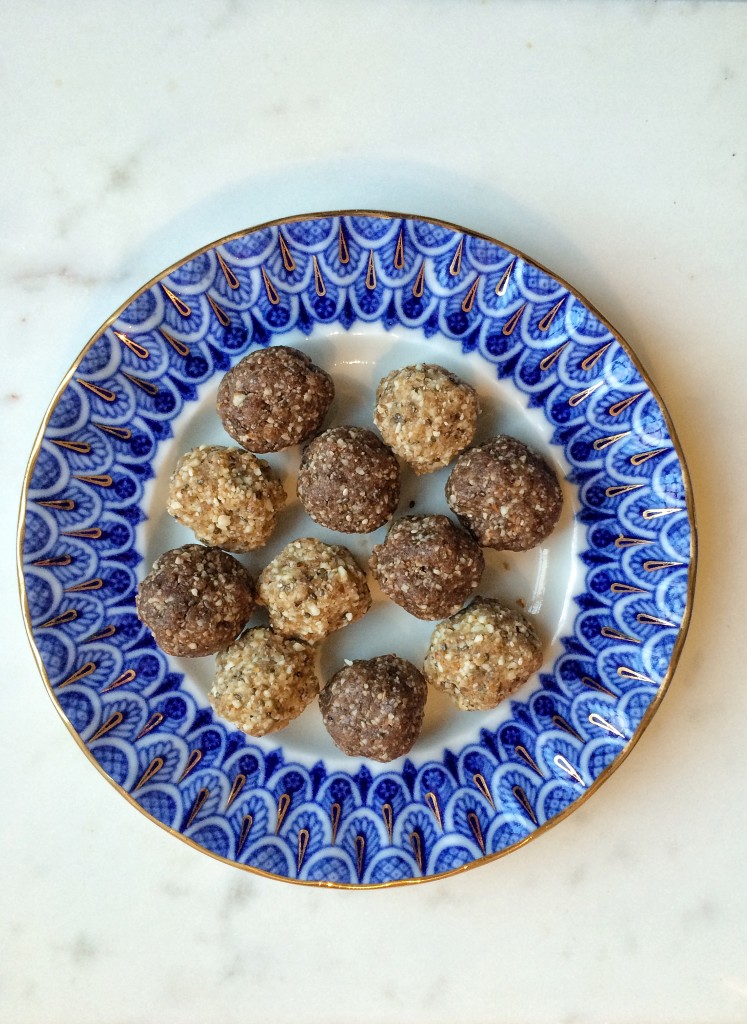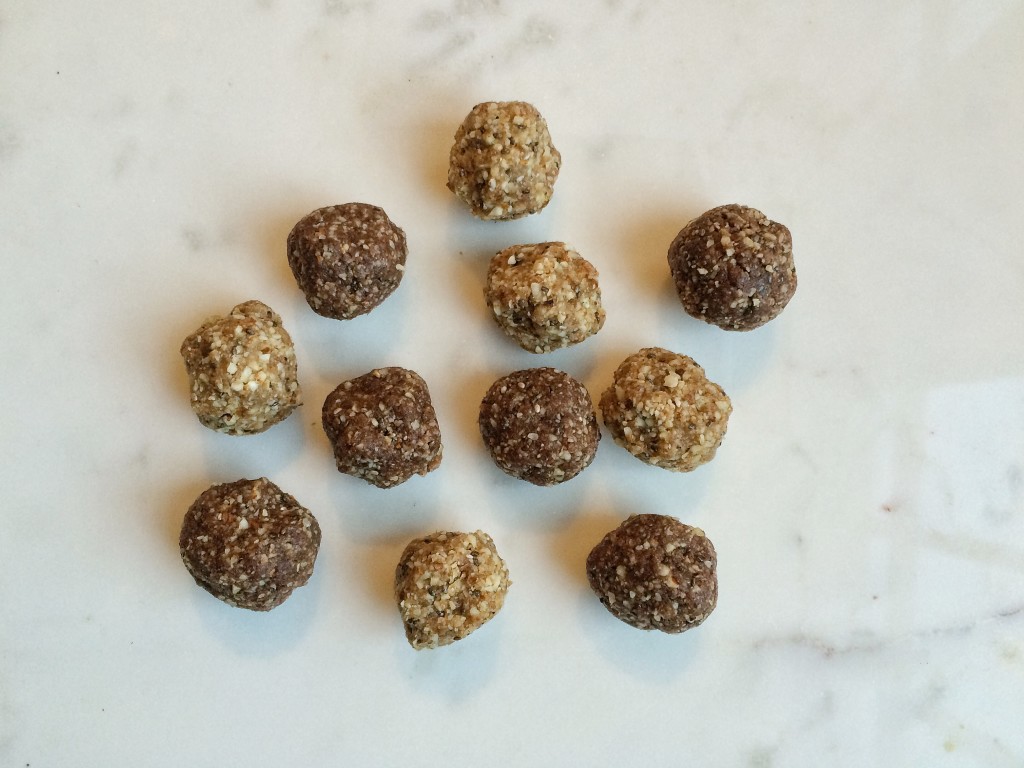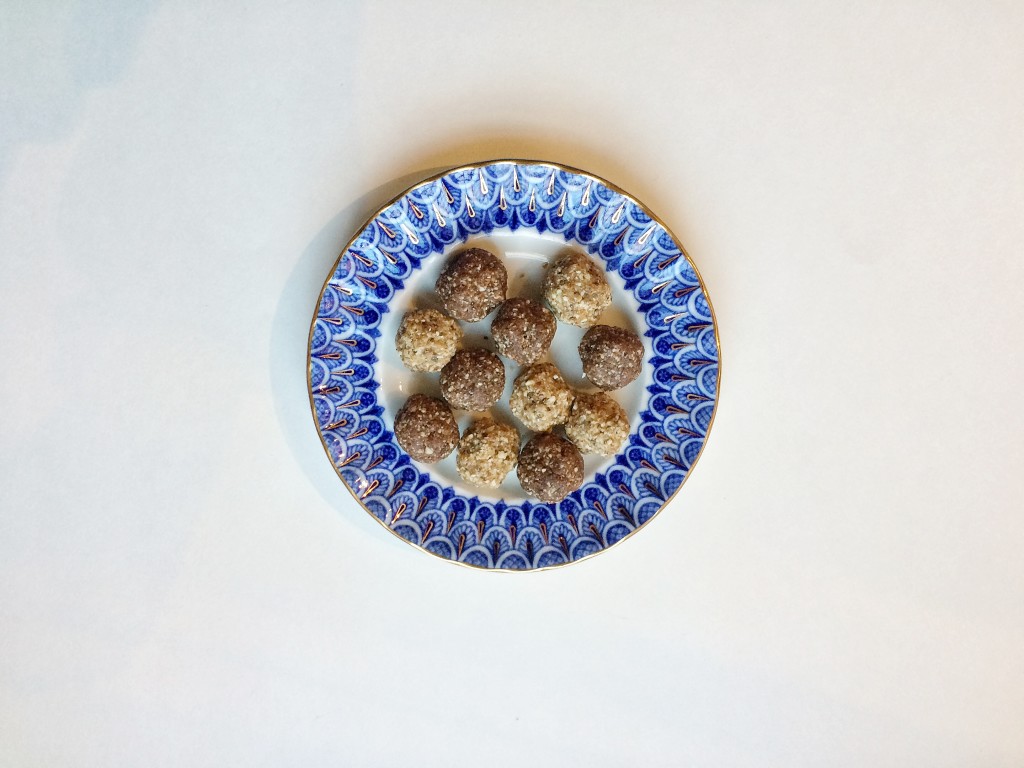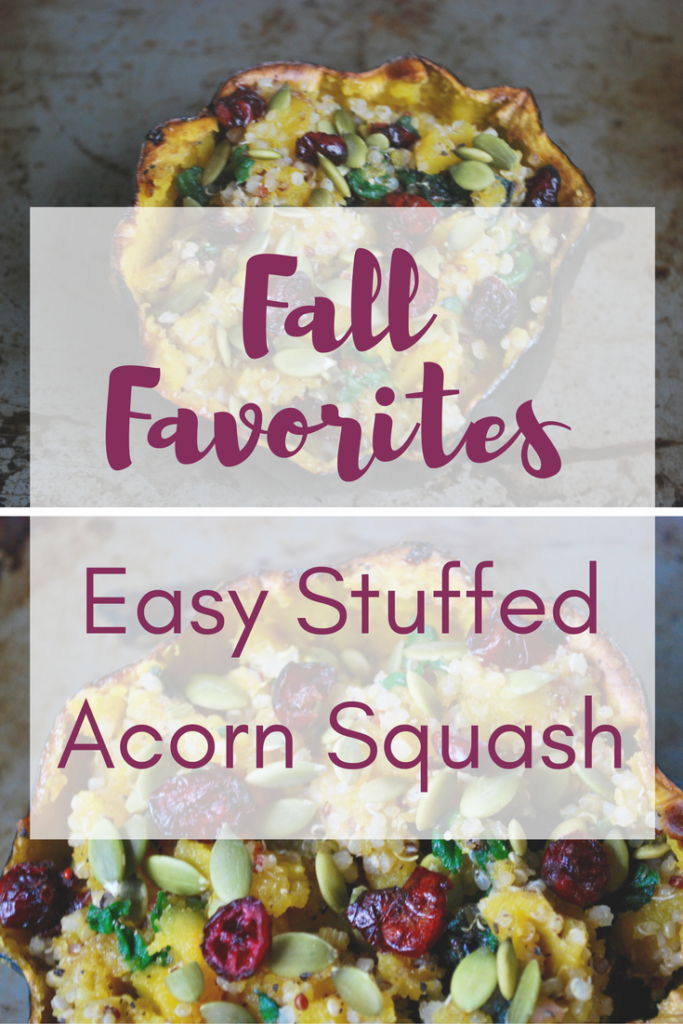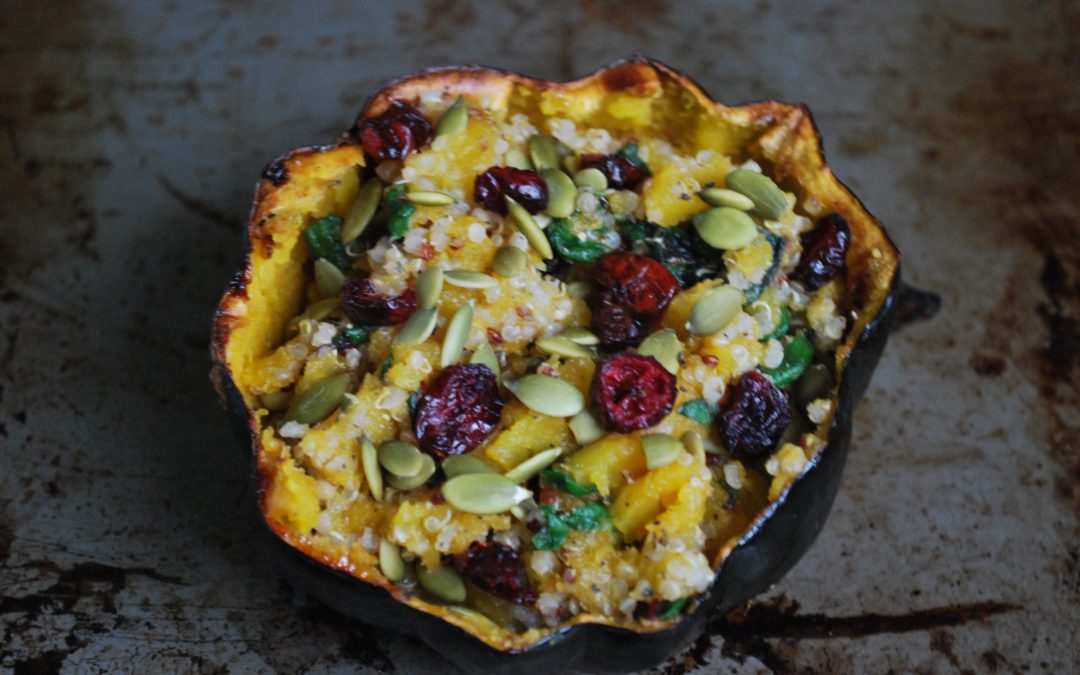
by Caroline | Oct 12, 2016 | Recipes
Acorn squash is just one of many amazing foods in season during the fall. Every year I get giddy with excitement to see all the lovely colors and shapes of the season’s quash harvest. Since I spend less time at the beach *tear* and more time in the kitchen, I’m a cooking machine this time of year.
I used to research recipes every week when, scouring Pinterest for hours looking for the perfect healthy yet easy recipes. I came to the realization that not only was I wasting time researching, but I would take up to an hour after I got home from work prepping, chopping, sautéing, and then the meal would last 15 minutes. It was also waste money getting ingredients that were not necessary for a delicious, healthy meal.
So I began taking a simpler approach. As a result, my dinners now mainly consist of a meat and a vegetable or two, and generally don’t take more than 15-20 minutes start to finish. I go food shopping once a week and buy staple foods and a variety of produce. However, that doesn’t mean I have to eat boring dinners every night.
This simple stuffed acorn squash recipe incorporates foods seasonal to the fall season. In addition, it also goes along with my main philosophy when it comes to cooking and that is: keep it simple, keep it healthy, keep it flexible. There is minimal measuring involved, and minimal ingredients. You get to decide (based on what you have and what you like) what goes into this recipe.
Swiss Chard-Acorn Squash
Ingredients:
- 3-4 leaves of Swiss Chard
- 1 Acorn squash
- Optional add ins: bacon, quinoa, pumpkin seeds, sautéed mushrooms, craisins, brown rice, lentils, shredded carrots, or get creative with whatever you have on hand.
Directions:
- Cut the acorn squash in half bake on 375 degrees for 1 hour. Then go to the gym, or watch Netflix or do something else for an hour. (if you don’t have the time to do this on a weeknight, like me, you can make it ahead of time and save it in the refrigerator).
- Once acorn squash is soft, scoop out the insides and set aside.
- Roughly chop and sauté swiss chard in a pan with garlic (optional) and some coconut oil for about 3-5 minutes on medium heat.
- Mix the swiss chard with the squash.
- Add in anything to the mixture that you want! This is where it gets fun. Check your cabinets and pantry. If you want some protein add in some roasted chicken, pork, or sausage. If you have a favorite spice, go for it. Some of my favorite add ins to this recipe are bacon, quinoa, pumpkin seeds, craisins, brown rice, or lentils (not all at the same time of course!).
- Place mixture back into the hollowed out acorn squash.
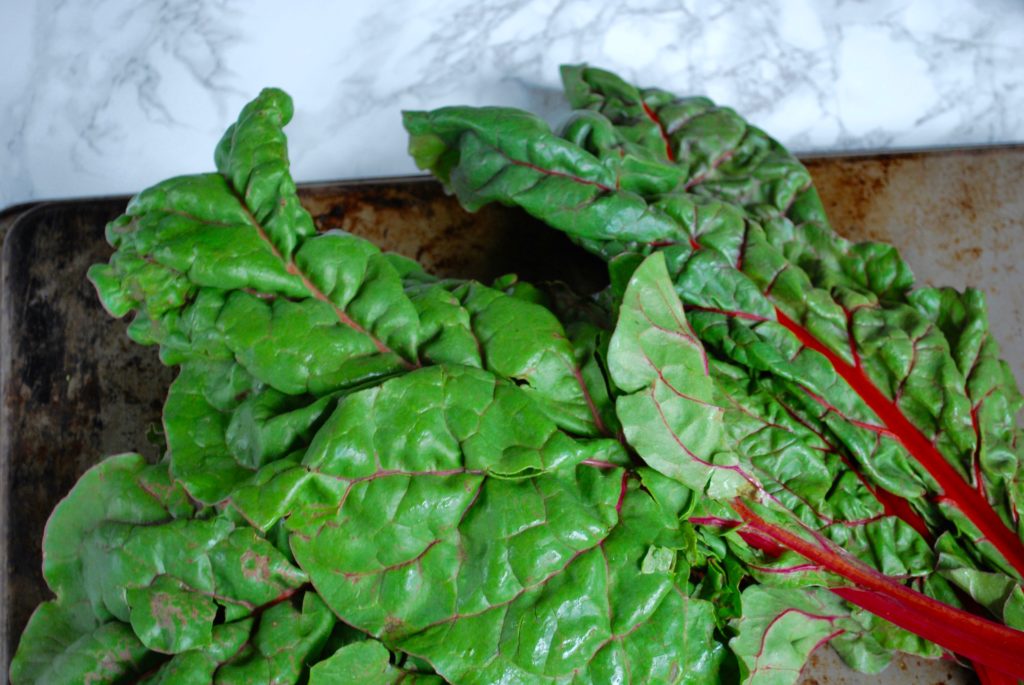
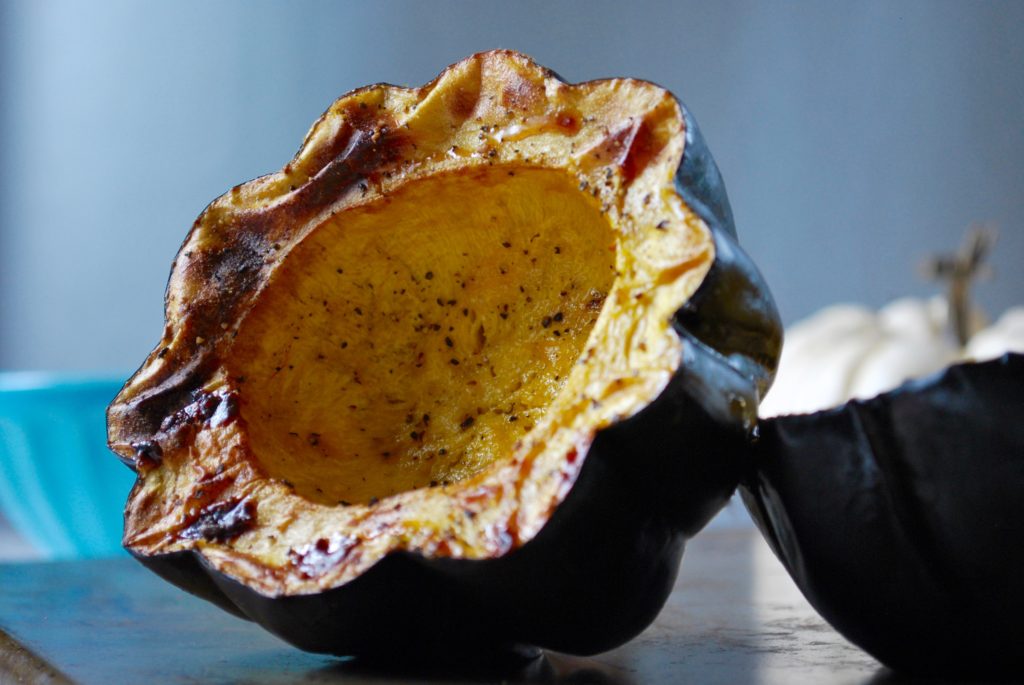
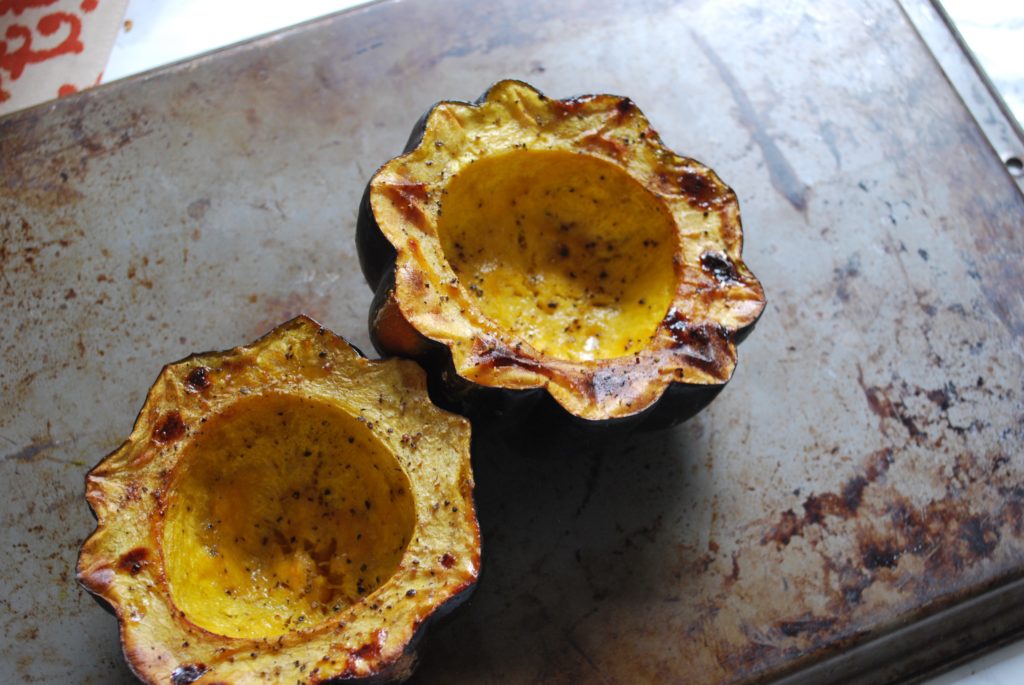
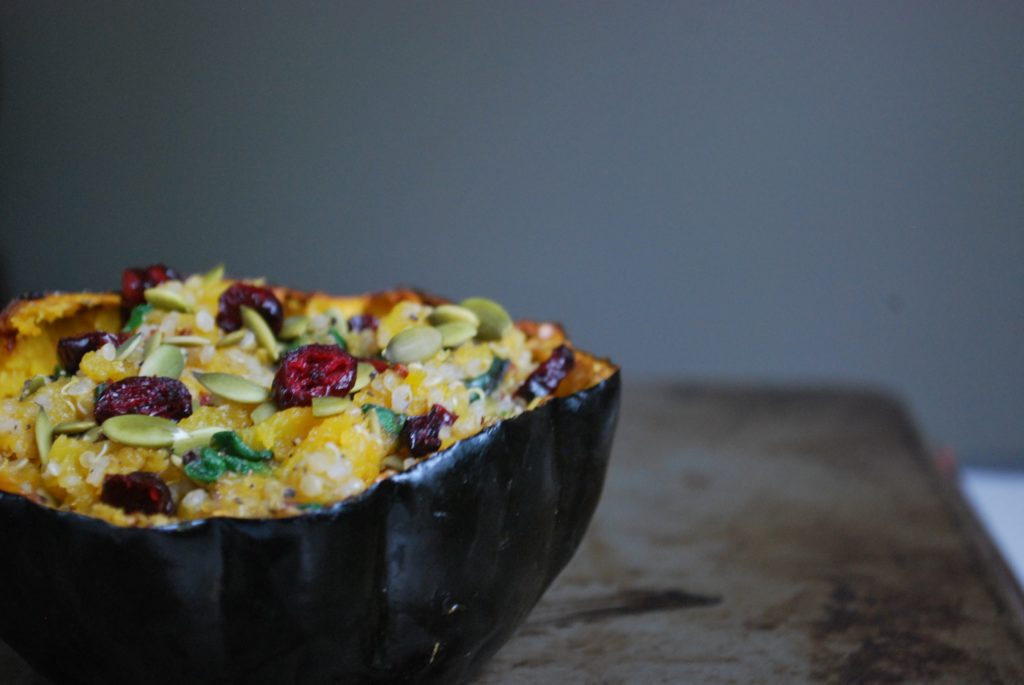
Enjoy the sweet flavors of fall!!
xo,

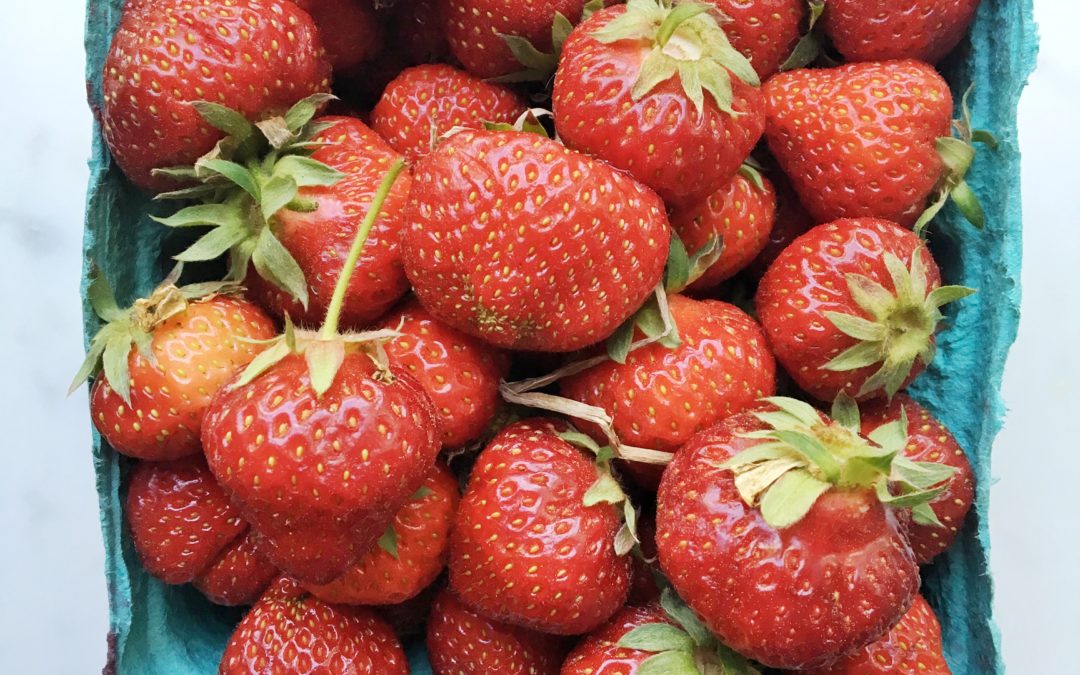
by Caroline | Jul 3, 2016 | Recipes
Strawberry jam is something I don’t regularly eat because most products at the supermarket are full of preservatives, sugars and artificial flavors. However, at this time of the year strawberries are in season here in the Hamptons. Strawberry picking is a typical weekend activity around here. Since there are so many strawberries around I wanted to make a really simple and healthy strawberry jam with very few ingredients.
What’s important to me is figuring out the fastest and most simple way to prepare healthy food from whole, minimally processed ingredients. I love to play around in the kitchen experimenting with different recipes, but not all the time. Fast, easy, and healthy is the name of my kitchen game.
This homemade strawberry jam is as simple as it gets. And this time of year in the Hamptons there are strawberries in abundance.

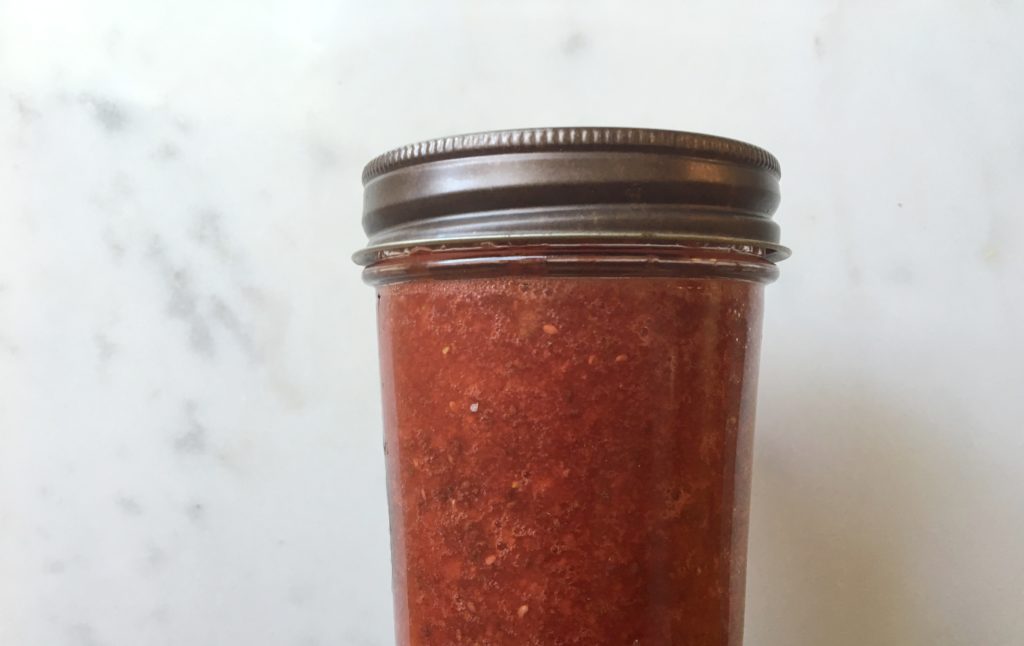
This recipe literally has 3 ingredients (4 if you count water…but who counts water as an ingredient?).
Ingredients:
- 1 cup strawberries
- 2 tbsp water
- 1 tbsp chia seeds
- 1-2 tbsp honey (optional, but it makes it sweeter)
Possible Modifications:
- Add an extra tablespoon of chia seeds to make it thicker.
- Substitute any natural sweetener of choice instead of honey, or use no sweetener at all if you like it tart.
Directions:
- Put strawberries in the food processor
- Add water, chia seeds, and sweetener then pulse a few more times so it’s evenly mixed.
- Let it sit in the refrigerator for a couple of hours so the chia seeds can work their magic.
Yes, I know it’s only 3 steps. It will probably take you no more than 5 minutes start to finish. Your welcome.
I like to put it on sprouted grain toast with almond or peanut butter. SOOO YUMMS!
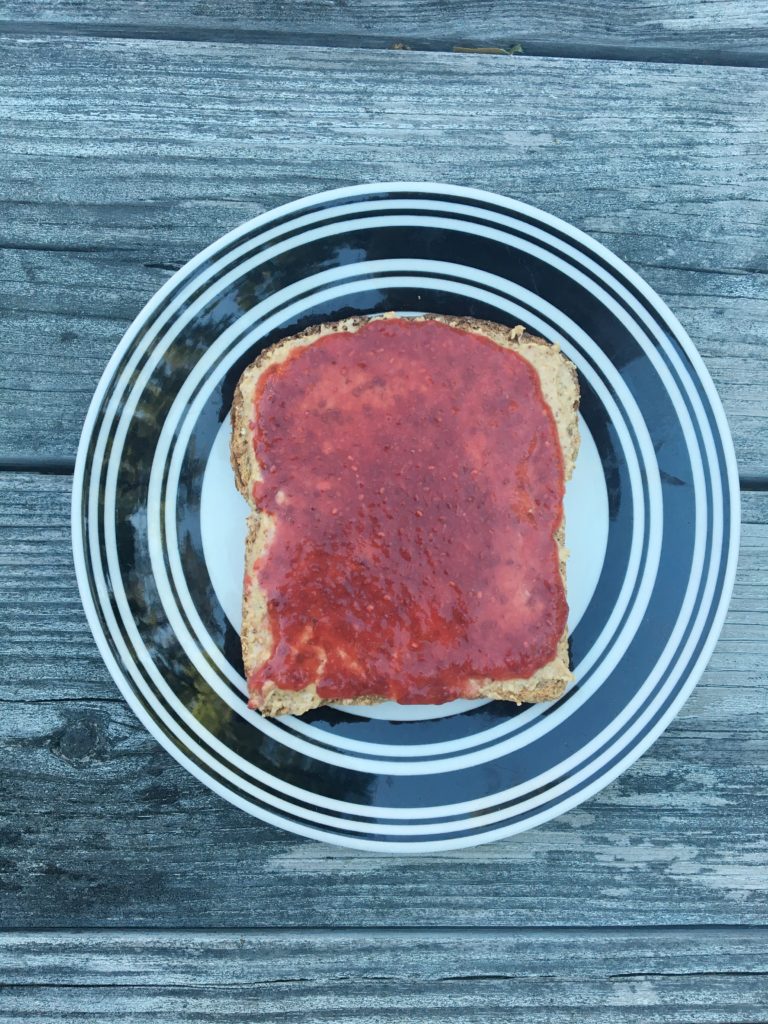
Enjoy the sweet flavors of summer!
xo,

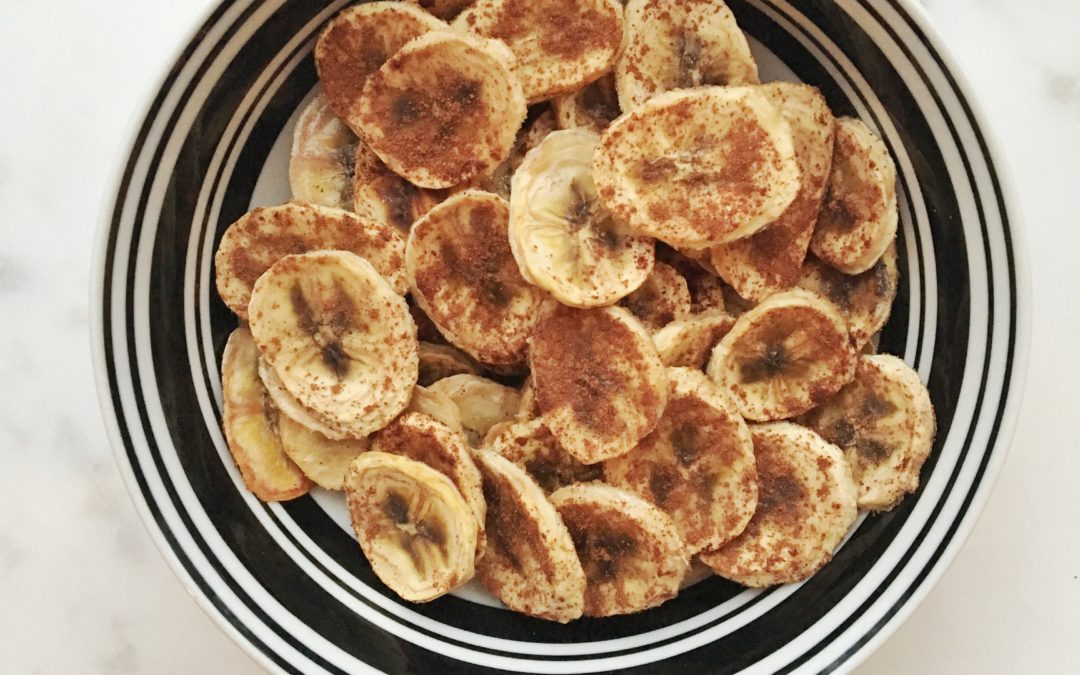
by Caroline | May 1, 2016 | Recipes
I LOVE These! Oh my God!
This is quite possibly one of the most simple and basic recipes I could post, other than how to boil water. These banana chips are a great snack to add to granola, trail mix or just enjoy by itself. It’s chewy and sweet flavor is especially satisfying for when you’re having a sugar craving after dinner, like I do.
Directions:
- Preheat oven to 200 degrees.
- Take a couple of bananas (I used 3 and it took up a whole cookie tray) and slice them very thin.
- Sprinkle on some lemon juice and toss to evenly coat. *I saw this on a website and I’m not sure the purpose of it. Next time I make it I’ll leave out this step and see how it turns out. I like to simplify things.*
- Place banana slices flat on a cookie sheet, lined with aluminum foil and sprayed with a cooking spray.
- Add some cinnamon to the bananas if you like.
- Put in the oven at 200 degrees for about 2-3 hours. (I didn’t time mine, I just watched untill they seemed ready.)
This recipe is so simple, yet you’ll feel like Martha freakin’ Stewart making your own banana chips.
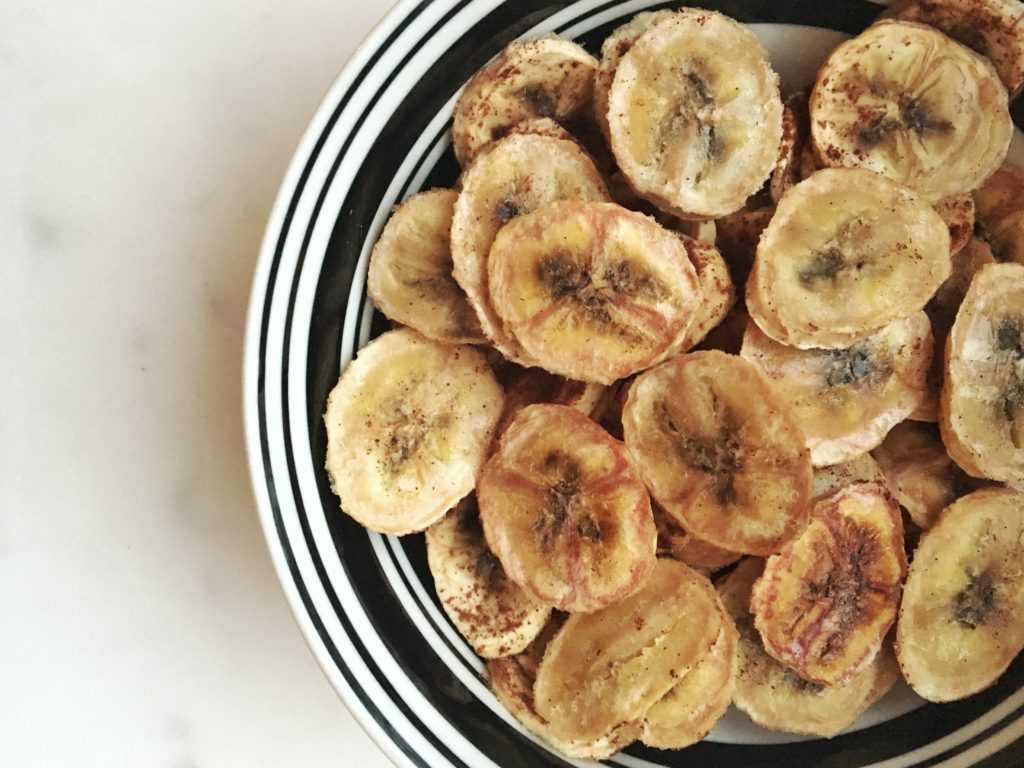
There are endless ways to get creative in how you use banana chips!
Now I want to hear from you! Comment below and share how you would like to dress up these banana chips.
xo,

by Caroline | Feb 7, 2016 | Recipes
Here is an easy and delicious dinner with a few simple ingredients that will be perfect for cold winter nights. It’s an updated (and much easier) take on cabbage rolls that I improvised. I only came up with it because I had cabbage and needed to use it up, and I had all of the basic ingredients, but it turned out to be really good! Overall it should take no more than 30 minutes to prepare.It could also be a great alternative to chilli or soup if you’re in the mood for something warm and nourishing but want something that’s a little different. I call it stuffed cabbage stew
Ingredients:
1 lb grass fed ground beef or bison meat
1-2 cups chopped green cabbage (depending on how much you like)
1 small yellow onion chopped
1-2 garlic cloves minced
1 can of diced tomatoes
Cinnamon
Nutmeg
1-2 cups cooked rice (optional)
Directions:
- Chop and sautee cabbage in some oil for 5-10 minutes on medium heat to soften it up.
- Then add in the onions, garlic and meat for another 5-10 minutes until the onions are soft and the meat is cooked.
- Once the meat is cooked add the can of diced tomatoes and stir.
- Spinkle some cinnamon and nutmeg on top and let the mixture simmer for another few minutes then serve either by itself if you want to make it paleo or over rice if that’s your jam.
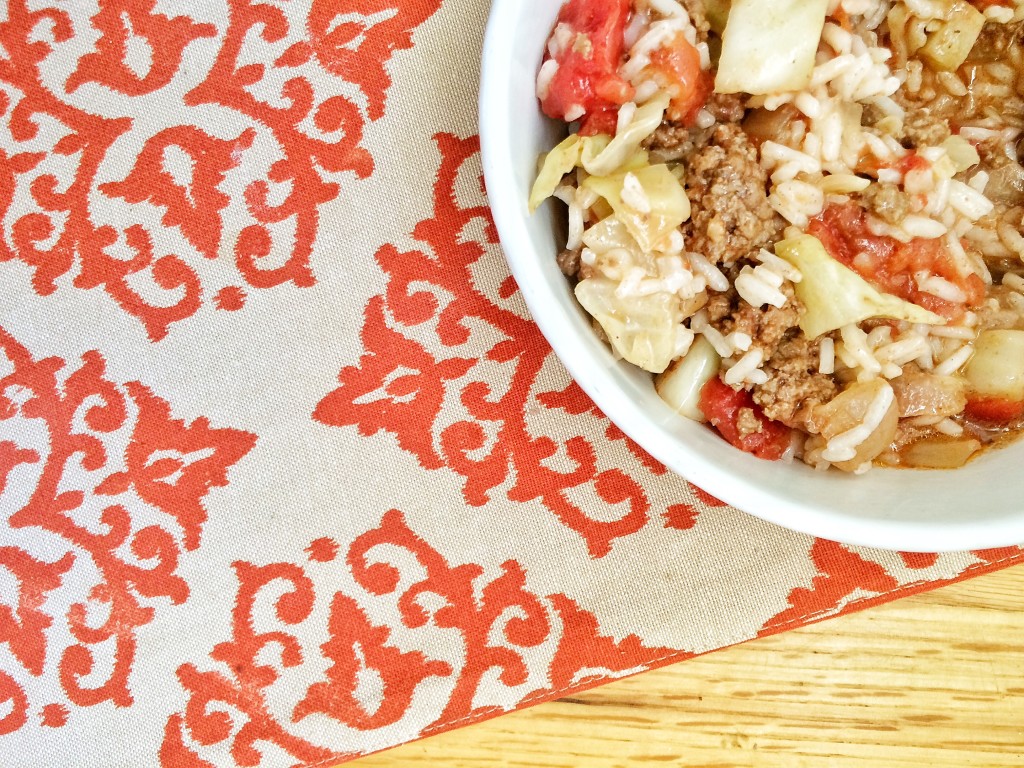

I hope you enjoy this warm and comforting meal!
xo,

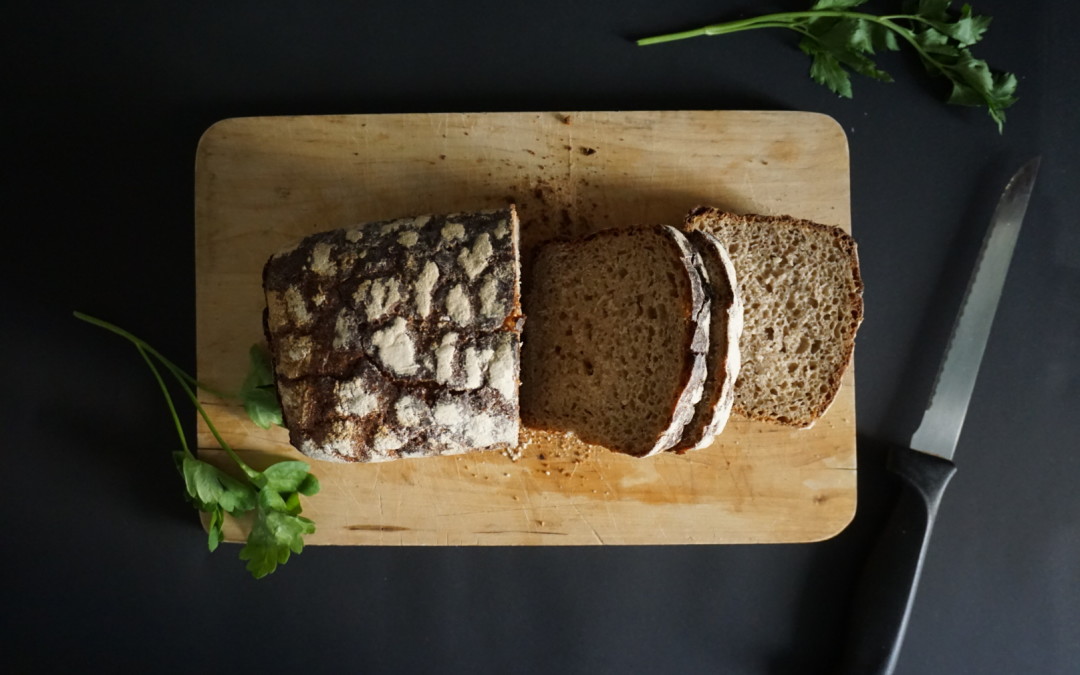
by Caroline | Jan 27, 2016 | Recipes
There’s widespread belief that cutting out wheat is one of the best things you can do for your health. There’s a lot of information out there saying why bread is so bad, but there’s also counters those arguments, and it’s hard to know which is correct.
In doing my own digging for answers I found more sources saying that overall it’s not good for our health, although I also found people saying that the hype is a whole bunch of nothing, and we shouln’t be so quick to demonize a food that’s been a staple for generations.
Here are some of the problems with wheat:
1. Changes in Modern Wheat: This is a controvertial and complicated topic, but here’s the gist: Over the last several decades, wheat in this country has seen significant genetic manipulation because the major food corporations that manufacture wheat have come up with ways of creating and harvesting wheat that are more cost effective and effieient. An example of this is the variety of wheat designed to withstand high amounts of the herbicide Roundup. Roundup is used to kill weeds, but obviously they don’t want it to kill the wheat crop, so they genetically engineered wheat to be resistant to Roundup. No weeds and more wheat to harvest; it’s a win-win right? The problem is that glyphosate (the main ingredient in Roundup) is being linked to all sorts of health problems in the general public. Glyphosate can even be found in the bread that we eat and the water that we drink. However, people can’t seem to agree if glyphosate poses an immediate threat to our health and the environment.
- The WHO declared that glyphosate “probably causes cancer” and have found links to tumors and cancer in animal trials, and damage to human DNA cells after exposure to glyphosate, although there is limited evidence of a carcinogenic link in humans as of yet.
- The wheat industry and Monsanto say that evidence is too thin and that the groups that are finding links between glyphosate use and increased risk of cancer are “cherry picking” their information. They also say that many other everyday items have been deemed by the WHO to be cardinogenic such as cellphones, caffeine and alcohol, and people continue to use those.
I see the value in the arguements on both sides, so like always this should be the individual’s decision.
2. Modern American Diet: We just eat too much bread! We’re brought up thinking that grains and carbs are the biggest part of the food pyramid. Think about our eating habits at mealtimes. Breakfast has customarily centered around things like toast, cereal, bagels, and muffins. Then comes lunch which is usually a sandwich. A snack might consist of crackers, pretzels or chips. Then at dinner it’s traditional to have a basket of bread or rolls at the table, in addition to a rice or pasta that is probably part of your main dish. Since we’re used to things being this way it’s not something we readily question, and so continues the cycle. So, even if the wheat crop is pristine, it’s not doing anything for our health to eat as much of it as we do.
3. Nasty Ingredients: It should only take 4 ingredients to make bread: flour, yeast, water and salt. However, most commercially available grain products in grocery stores like cereals, crackers etc. contain long lists of ingredients such as preservatives, flavorings, chemical dough conditioners, artificial coloring, added sugars, and GMOs. And just becuase these products are deemed safe for consumption that doesn’t mean it’s something you want to be eating in large amounts on a regular basis.
4. Blood Sugar: Wheat, yes even the good “whole wheat” bread, can quickly raise your blood sugar. Whole wheat bread is just whole grains that have been ground up into a flour, so it still contains the nutrients of the whole grains but since it’s in a pulverized, overly processed form it gets absorbed into your blood stream very quickly, causing your blood sugar to spike, then drop, leading to hunger, more eating and weight gain. So don’t be fooled by the label on the bread packaging that sais “whole wheat” or “whole grain” becuase it will still turn into sugar in your body.
A better alternative
While I don’t recommend carb loading on “healthier bread,” I realize it’s hard for people to completely change the way they eat, so healthy swaps are a happy compromise. My personal favorite is sprouted grain. Sprouted grains are whole grains that are soaked in water until it grows a little sprout. During this sprouting process, enzymes are released which break down proteins and carbohydrates, helping make sprouted grain food low glycemic. Also, sprouts have more vitamins, minerals and antioxidants than whole grains and are more easily digested than starchy flour. Because it’s easier to digest, our bodies are more able to absorb the minerals, antioxidants, and vitamin C and vitamin B from the grains.
Check out this list from The Food Babe on commercial breads to avoid, and ones that are not as bad.
Bottom Line: While I’m not in favor of eliminating bread completely, I want to be an educated consumer and know the right kinds to eat and in the right amounts. It’s important to also know what your body can handle. Some people should not eat wheat, and others don’t have to cut it out completely. Everyone has to make their own decisions when it comes to their health, but we are given so much conflicting information it’s hard to sort out what food is going to do harm to your body.
- Know what is in the food you are eating
- Make clean food choices most of the time
- Make exceptions for certain occasions, …because: cake.
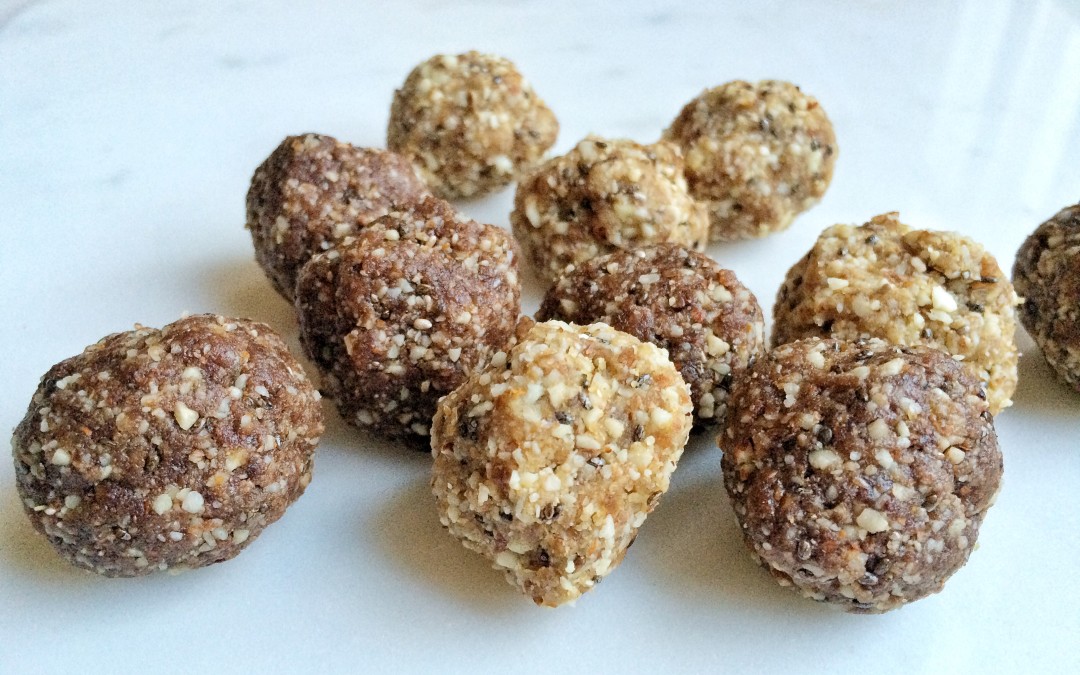
by Caroline | Jan 27, 2016 | Recipes
First off let me say that when I was making these, I was just throwing together ingredients I thought might work together. I wasn’t trying to make anything fancy, or write a blog post about it, but I really wanted to share this one, becuase something unexpected happened. I can’t explain it, but these taste like the little bits of cookie dough you find in cookie dough ice cream. I have NO idea why!
I made these in two varieties: blondies and brownies.
1 cup almonds
10 dates
1 tsp vanilla
2 tbsp maple syrup
2 tbsp maca powder
2 tbsp chia seeds
1/4 cup ground flax
1-2 tbsp unsweetened coco powder
Directions: Mix everything (EXCEPT THE COCO POWDER) in a food processor. I like to mix in the ingredients one at a time so the food processor doesn’t have a conniption. Once all the ingredients are incorporated take out half of the mixture an put it in a bowl (the blondies). Then mix in the coco powder with the mixture that’s still in the processor (the brownies). If the mixture is a little dry you can add 1-2 tsp of water while it’s still in the food processor to make it a little stickier. Once you have your two mixtures roll it into bite size balls and let them cool in the refrigerator for a bit.
These are great to take on the go during the day, or to have after dinner when you’re craving something sweet. I havent tried it yet, but these would be great crumbled on top of vanilla ice cream for a real treat.
